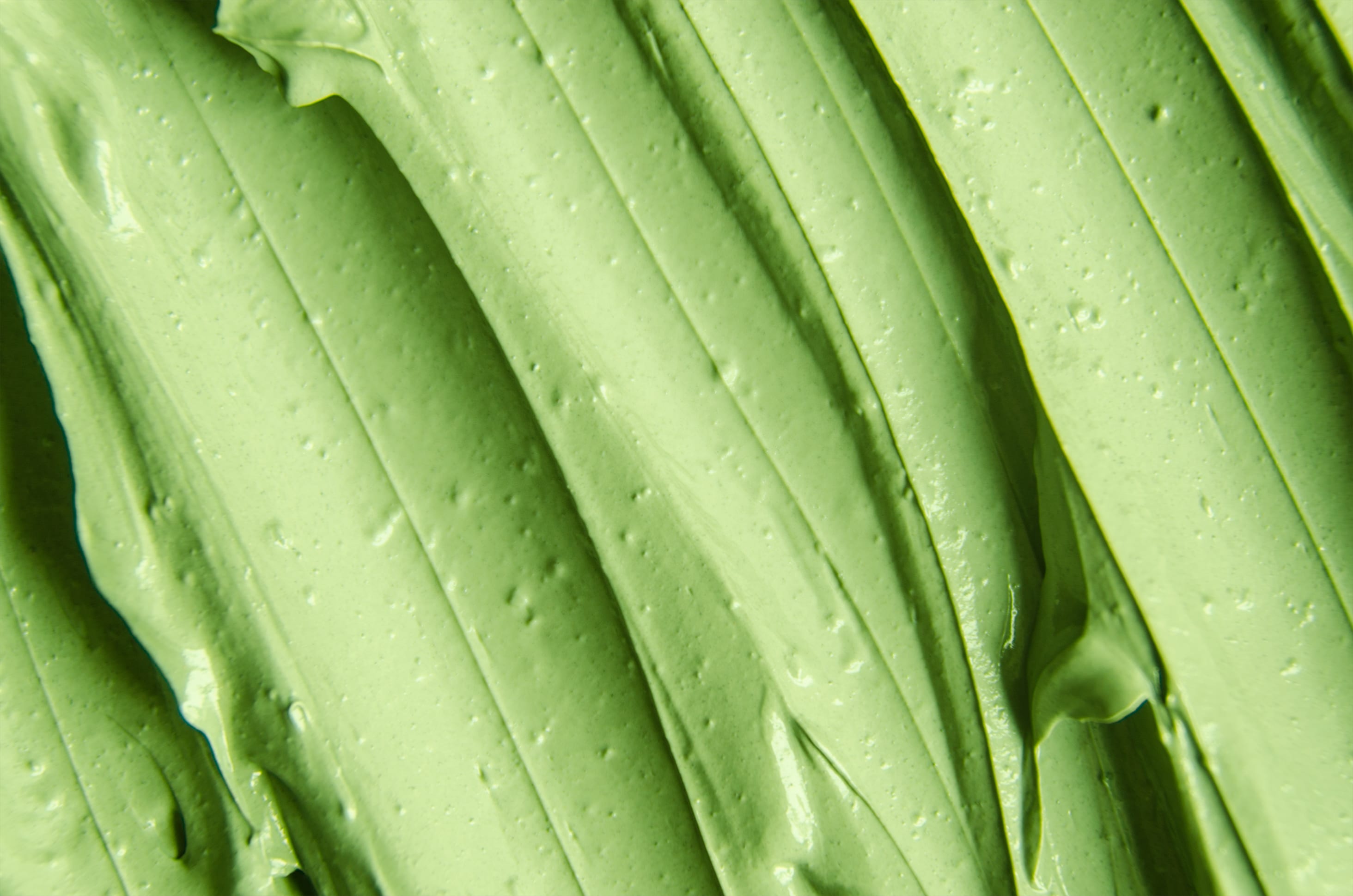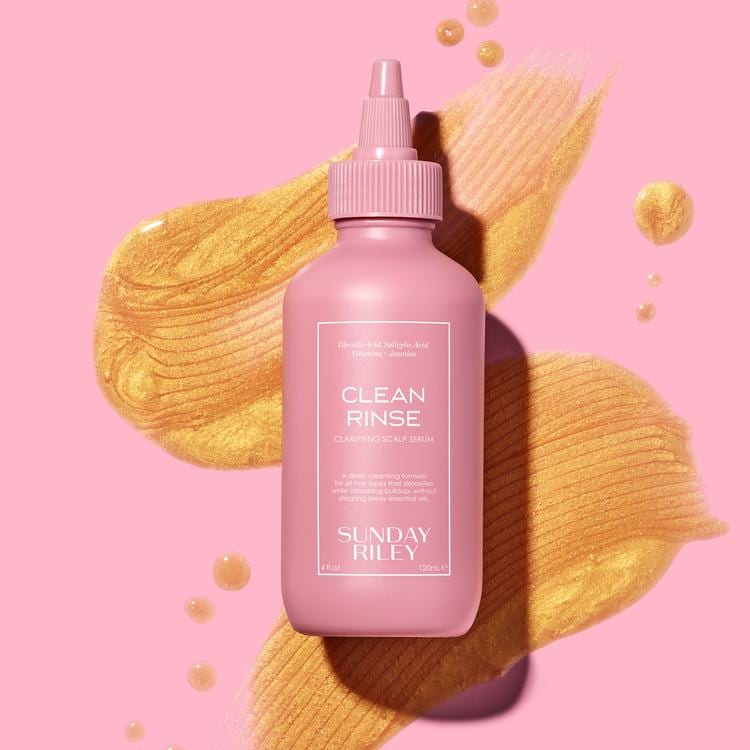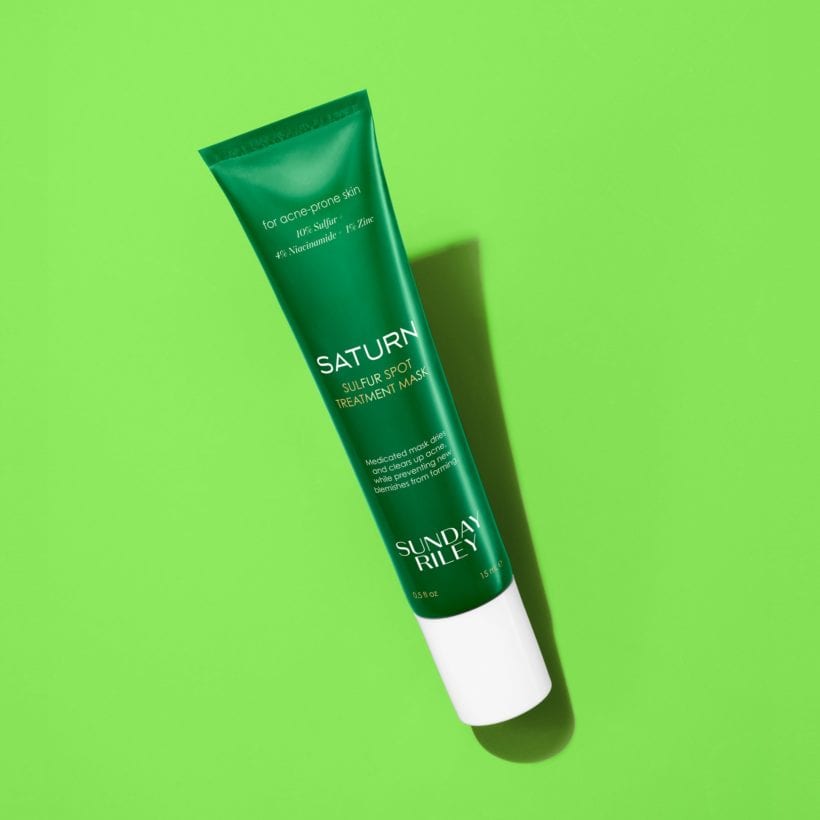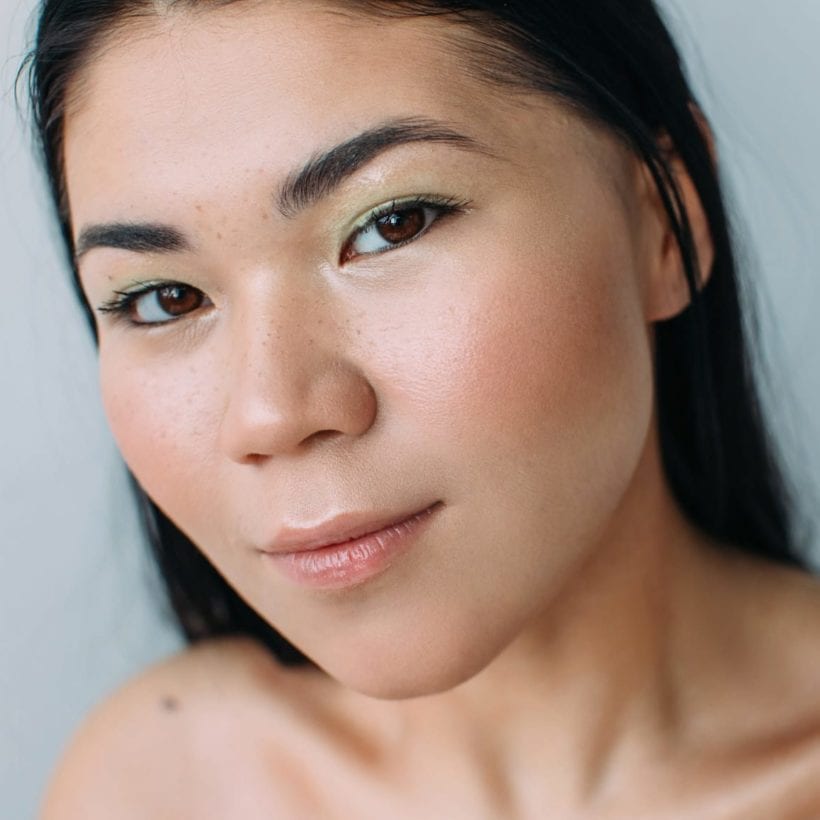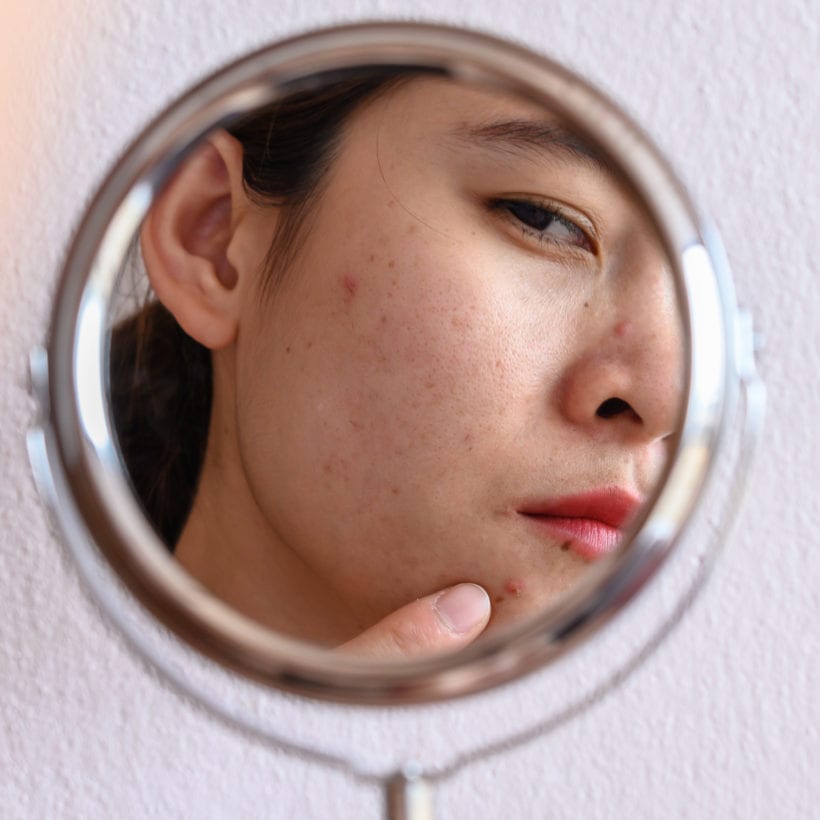After years of battling breakouts and swimming in a pool of acne prescriptions, I found myself at a crossroads. While my medications (which included benzoyl peroxide, clindamycin, adapalene and doxycycline) were working wonders for my skin, the cost of maintaining my acne regimen was seriously adding up. I couldn’t afford to shell out the $100+ a month co-pays, especially since I had an unpredictable income. Other than the costs, I experienced other pain points like nausea from my oral antibiotics and bleached clothing from my benzoyl peroxide — to name a few. I also wanted to avoid the stress of getting a surge of breakouts if my prescriptions ran out between appointments, which happened often when my derm’s schedule got too busy.
I first looked to lifestyle tweaks: From following an anti-inflammatory diet to obsessively sanitizing my cell phone, I tried almost everything to get my skin together from the comfort of my home. Then, I stumbled upon my skin’s current savior through Twitter. Niacinamide, an overlooked (yet highly effective) ingredient came across my timeline via praises from licensed estheticians and skincare lovers alike. Type in “niacinamide” in the Twitter search bar, and you’ll come across some pretty valuable information. I was particularly intrigued by testimonies from Tiara Willis (@MakeupForWOC), who tweeted that niacinamide reduces oil production, improves redness, and strengthens your skin barrier. I was sold.
Niacinamide acts as a protease inhibitor by stopping melanosomes (transporters of melanin) from being transferred to keratinocytes (skin cells). It’s also an antioxidant so it fights free radicals. This makes it helpful for treating hyperpigmentation
— tiara willis (@MakeupForWOC) August 27, 2020
Fast-forward, and let’s just say that now that I have niacinamide in my life, I’m happy I’ve been able to transition away from prescription medication. Within four weeks of incorporating niacinamide into my routine, my skin felt more balanced, instead of dry and flaky. By the sixth week, I went from having five or more pimples at any given time to hormonal breakouts that only occurred closer to my cycle. Obviously, I didn’t blindly let strangers on Twitter dictate my new routine (it’s important to get the green light from your dermatologist!). I turned to Heather Wilson, licensed esthetician and director of brand development at InstaNatural to give me the scoop on Twitter’s favorite skincare ingredient. Here’s everything I learned so that you can see if it’ll change the game for your regimen, too:
What is niacinamide — and what does it do for the skin?
Niacinamide, which is also known as nicotinamide, is a form of vitamin B3.
Of course, I’ll start with how topical niacinamide helps with acne. According to this study in the International Journal of Dermatology, thanks to its anti-inflammatory properties, niacinamide treated moderate facial acne with the same amount of efficacy as a popular prescription medication. It helps prevent the production of excess oil, which for many people is the cause of blocked pores that lead to acne. It’s a pretty gentle ingredient, too, so for people with sensitive skin that find prescription medication too irritating, niacinamide could be an interesting alternative.
Niacinamide, which is also known as nicotinamide, is a form of vitamin B3.
In addition to treating and preventing acne, it can help your skin grow a stronger lipid barrier by retaining moisture and rebuilding cells to defend against damaging environmental stressors like pollution. In addition to strengthening the skin, “niacinamide has brightening benefits and can help reduce the look of discoloration or post-inflammatory hyperpigmentation,” says Wilson. Niacinamide increases the production of collagen and your skin’s antioxidant capacity — making it a popular ingredient for treating fine lines and wrinkles, too.
Which skin types benefit the most from niacinamide?
Luckily, it’s excellent for all skin types — even those who tend to have sensitive skin. Niacinamide is especially suitable for dry or sensitive skin types because of its ability to support and strengthen the skin barrier, says Wilson.
Does it do anything for your hair and scalp?
It may be easy to forget that your scalp is, in fact, skin that needs just as much attention as your face. Similarly to your face, your scalp can become inflamed and irritated, which further down the line may lead to hair loss and slowed hair growth. Niacinamide acts as an antioxidant that refreshes and restores the skin on the scalp. With the scalp being the foundation of hair growth, it’s essential to have a scalp care regimen (including Sunday Riley Clean Rinse Clarifying Scalp Serum, for starters) to maintain its health.
What strength should you use?
Like any product you may buy that contains active ingredients, the percentage on the label identifies a specific ingredient’s concentration in the formula. As a rule of thumb, five percent niacinamide in a product is proven to be a significant amount that yields positive results. Anything more than that may be too high of a concentration and may cause sensitivity to the skin or scalp. If you have extremely sensitive skin, start with an even lower percentage and work your way up, if needed, to make sure your skin can tolerate the dosage.
What ingredients should I avoid when using niacinamide?
Discovering new skincare ingredients is exciting but can also be confusing when trying to find ways to incorporate them into your current regimen. However, niacinamide tends to play nice with most active skincare ingredients, making it an ingredient that you can easily fit into your skincare lineup without disturbing the peace, says Wilson.
“Niacinamide works well across a variety of routines and with other ingredients. The most important thing is to pay attention to how your skin responds to the products. If you’re using it alongside other advanced actives such as acids, retinol, or even potent vitamin C – you just want to monitor how your skin reacts and adjust if your skin begins to feel or look dry or irritated,” says Wilson.
How do you get started?
The buzzy ingredient is easy to find in the beauty market these days, from serums to moisturizers to masks. One place to start: Sunday Riley Saturn Sulfur Spot Treatment Mask, which features four percent niacinamide — perfect for someone who’s introducing it into their routine for the first time. It can be used several times a week as an all-over mask or as a spot treatment. As with most other products, you’ll see peak results within four to six weeks of consistent use and always remember to check in with your derm if you’re noticing any side effects to any new routine.
